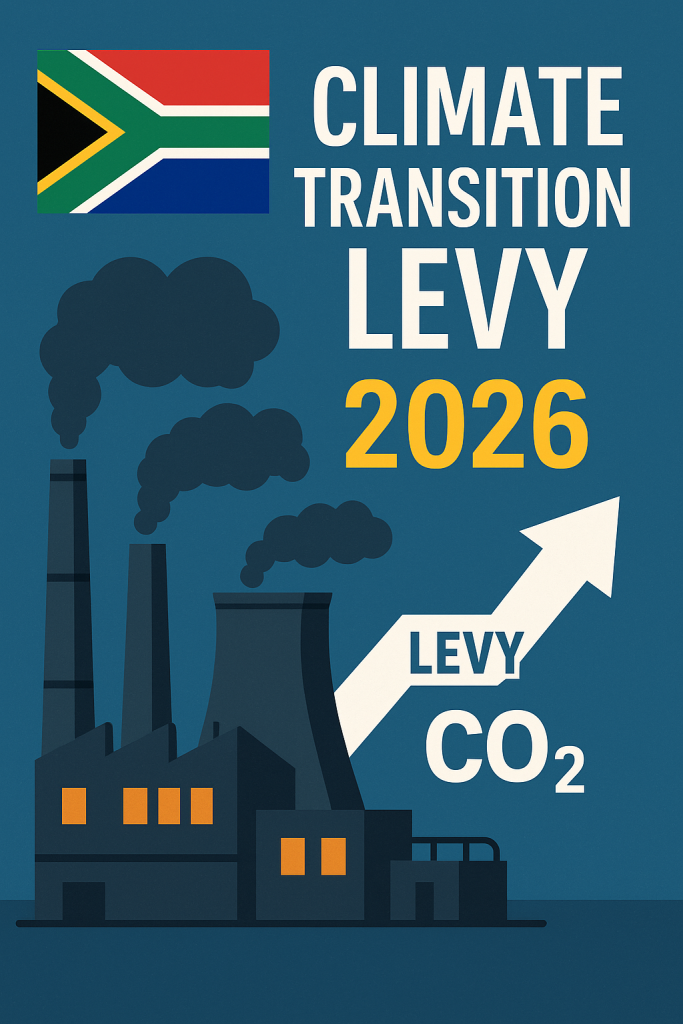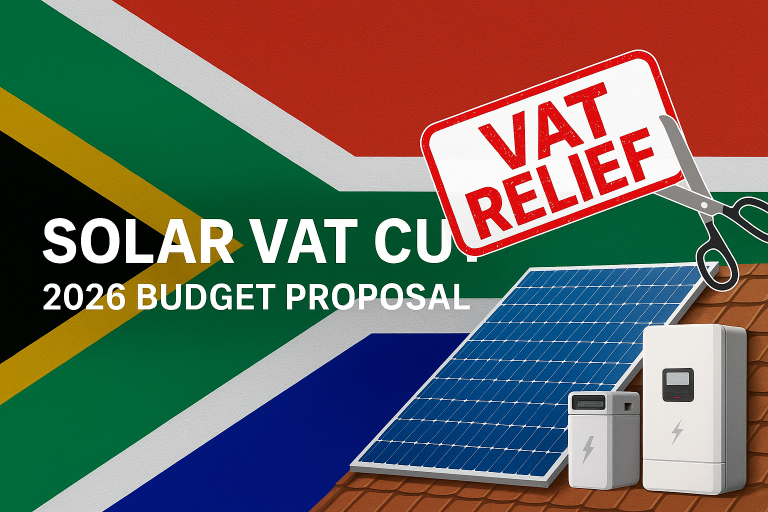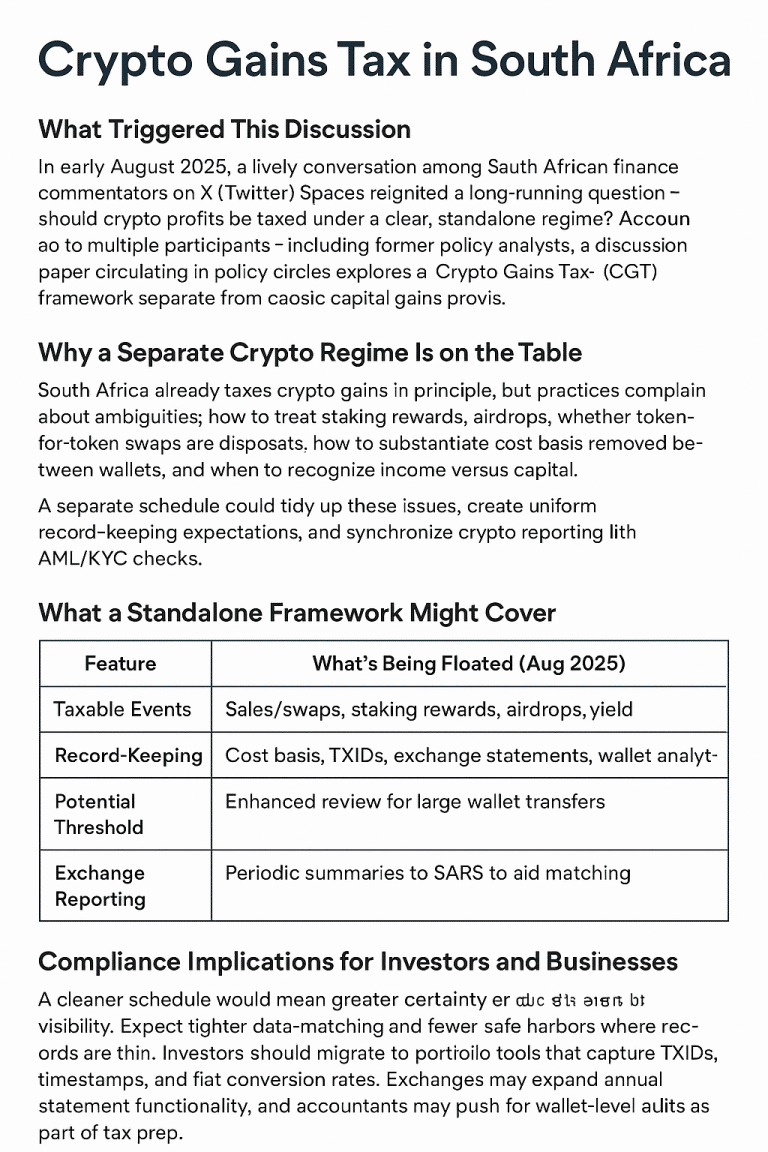South Africa Prepares Climate Transition Levy on Carbon Intensive Industries by 2026
South Africa’s National Treasury is quietly preparing one of its boldest fiscal shifts in decades: the introduction of a Climate Transition Levy on carbon-intensive industries. Unlike the existing carbon tax, which has been criticized as limited and unevenly applied, the new levy is designed to directly target mining, energy, and heavy manufacturing companies.
See Also: SASSA Status Check

Planned for rollout in 2026, this levy will act as both a revenue source for the state and a policy tool to accelerate the country’s green transition. Officials believe that, if properly structured, the levy could raise billions of rand while pushing businesses to adopt cleaner technologies.
This is more than just another tax it signals South Africa’s intent to redefine its economic growth model around sustainability.
Install: SASSA App
Why a New Levy Is Needed
Existing Carbon Tax Limitations
South Africa already has a carbon tax framework, but compliance gaps remain wide. Many large emitters have been shielded by allowances, rebates, and exemptions. Critics say the current tax is too low to change behavior.
Rising Global Pressure
As one of the top 15 global emitters, South Africa is under increasing scrutiny. The EU’s Carbon Border Adjustment Mechanism (CBAM) means SA exporters will face tariffs unless local carbon pricing is credible.
Check Out (For SASSA Beneficeries): SASSA Payment Dates
Climate Transition Levy Could Look Like
Higher Rates for Mining & Energy
Levy rates will focus on coal-fired power plants, mining operations, and heavy industry. Draft scenarios suggest a starting price of R300 per ton of CO₂, rising gradually.
Link to Transition Funding
Revenues are expected to be earmarked for the Just Energy Transition Fund, supporting worker reskilling and renewable projects. This “tax-and-invest” model aims to ease the shift for communities reliant on coal.
Impact on Industries
Mining Giants in the Crosshairs
Gold and platinum miners may see less impact, but coal, iron ore, and steel producers face steep costs. Companies will need to accelerate decarbonisation strategies.
[Image Placeholder: Infographic: Mining truck with carbon cloud icon and “Levy Impact: High” tag.]
H3: Eskom and Energy Sector
Eskom remains the largest emitter. Passing levy costs onto consumers is politically risky, so pressure will mount for Eskom to fast-track renewables.
Investor and Market Reactions
Bonds and Sovereign Debt
Investors see the levy as positive for long-term fiscal credibility, since revenues can stabilize budgets. Green bonds may also benefit as funds are linked to climate investments.
Equity Markets
Shares of heavy emitters may face near-term volatility. By contrast, renewable companies and ESG funds could see inflows as investors reposition.
Business and Policy Guidance
For Corporates
- Begin carbon audits now to understand levy exposure.
- Shift capex toward renewables, electrification, and efficiency.
- Explore carbon offset partnerships before 2026.
For Policymakers
- Communicate levy schedules early to reduce uncertainty.
- Protect households from energy price pass-through.
- Ensure revenues are transparently channelled into transition projects.
Regional and Global Context
Lessons from Europe
The EU has shown that high carbon pricing works, cutting emissions while raising funds for green projects. South Africa is studying this model carefully.
Africa’s Climate Finance Role
If successful, SA’s levy could become a template for Nigeria, Kenya, and Egypt, positioning Africa as an active player in global climate finance.
Conclusion
South Africa’s proposed Climate Transition Levy could be the most important economic reform of the decade. By directly taxing high emitters and channelling revenue into renewables and reskilling, it offers both fiscal stability and climate credibility.
- For companies, it is a wake-up call: decarbonize or pay more.
- For investors, it signals a long-term pivot toward green assets.
- For policymakers, it provides a chance to balance growth, jobs, and sustainability.
If launched as expected in 2026, this levy will mark South Africa’s bold step into a green fiscal future.






